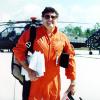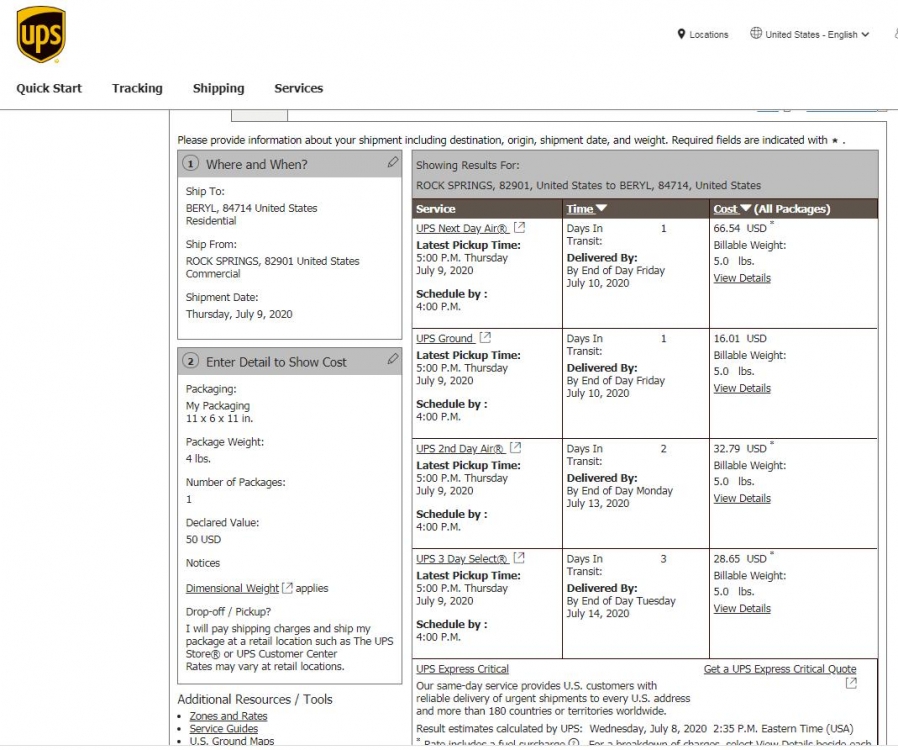-
Content count
685 -
Joined
-
Last visited
Posts posted by nlappos
-
-
Welcome, skelly! Judging from your background, you'll fit right in around here!
1 person likes this -
Good idea, I am 5'11' and 260, and I think I am close to max. If i put a 1' pad on the seat, my headset rubs the upper window.
-
I am about to buy an RR 670 that has a Kitfox exhaust. I want to install it on my Avid Flyer C but wonder if the exhaust will fit? Anyone have any thoughts about this?
I have a rotax rick 670, and used Mike Hair to make the right exhaust for my Avid. The Kitfox is upside down relative to the Avid, right? Can't imagine the KF exhaust working.
I used Mike to reweld the 582 exhaust, and it was quite cheap. Might want to give him a call. 801-eight two nine 5877
-
The coolant water temperature is quite important. The internal temp of the pistons and the cylinders must be balanced, so that the growth of the piston diameter with its internal heat is matched by the growth of the cylinders so the piston does not scuff the cylinder walls. If the temp is cold, and full throttle is applied, the pistons can scuff badly (sometimes enough to weld and stop the engine).
Note on page 2-2 the minimum water temp is shown as 150 deg f, for this reason.
-
For the versions of the 582, max egt is 1200, and about 1150 is a nice operating max for some margin. I think you could richen up a bit, so you get peak egt closer to peak rpm of 6500.
I got a boat fuel flow gauge in my fuel line, and it makes it easy to see what you are doing, as well. They're not cheap, maybe $500 total. Also the Hacman (or the home made versions the folks have posted) works very well to control egt and fuel flow.
Rotax 582 Operator Manual:
Some threads on Hacman clones:
http://avidfoxflyers.com/index.php?/topic/6516-starting-my-homemade-hackman/&page=2
http://www.avidfoxflyers.com/index.php?/topic/5717-leaning-the-carbs-for-altitude-on-the-cheap/
Hacman web site:
1 person likes this -
Congratulations, and welcome! I really agree with ChrisBolkan, buy one now (used Avids can be had for about 12 to 15 k), and fly it while you build your own. Also, consider a kit, which will carve years off your build process, especially all the grunch work. Avid kits are out there, as are partial builds.
But in any case, welcome!
-
No problem Chris. Maybe something will turn up. JImChuk
I went thru the same search and ended up paying the $35 to Aircraft Spruce. At least the lens was a nice quality glass one.
-
Can I strongly suggest the electric backup pump mentioned above? You can switch it on for landing and takeoff, put it off in cruise except when things get too quiet, when it can get you started again.
-
My biggest tip is "Happy Feet". As you flare on touchdown get your feet pumping about 1/4" so they are not planted, and they can respond instantly to any yaw control needs. Made a big difference in my landing roll outs.
1 person likes this -
A buddy who owns a tire shop put on the new meat in 15 minutes including removing the old tire, all by hand. And he didn't even use any Band-aides, what's the world coming too!
The Band-aides aren't the important part, it's the proper use of words to convince the tire it's in its best interest to come off easily

I found sacrificing a few inner tubes by pinching them with the wheel halves made it all work.
 1 person likes this
1 person likes this -
-
Allen, that is so tragic. My sincere condolences to you and your wife. Our little community here is a tight one, we all have families and we share a love of flying, we feel so much for you. Nick Lappos
1 person likes this -
There is a lot of discussion here about twist with the stated implication that twist increases the drag of the wing. I don't believe that's true, small amounts of twist do not result in increased drag, in fact the opposite may be true.
By shifting the center of lift closer to the wing root, there is less induced drag because there is less side flow wash out and less lost performance because that. In effect, wash out twist increases the apparent aspect ratio of the wing and probably helps cruise performance.
Also wing twist produces a much more stable aircraft in roll and vastly increases aileron effectiveness near the stall. A quick glance at most light sport accidents shows stall spin to be a big deal, so making your airplane more likely to drop a wing during the stall and lose control is not a good thing.
Somehow I think Dean Wilson knew what he was doing when he set the wash out where he did.
2 people like this -
see also the build book posted, Section III, Chap 4 for detailed description of the washout process. http://avidfoxflyers.com/index.php?/topic/4220-avid-mk-iv-build-manual/
They use a 1 1/2 " block for 1.5 degrees or a 2" block for 2 degrees to washout the wing incidence.
-
If you have a problem, such as a ground loop, then a full camera internal inspection is a good idea. Otherwise, the simplicity of the internal wing structure makes a simple coin tap inspection of the ribs, which will show cracks, rot and spar disbonds, should be enough. A small tapping hammer tapping along the ribs every few inches will show the thud or rattle that signals trouble. I have worked with composite structures, and had inspectors tap to see voids, and then compared their grease pencil outlines with X-Rays. It is astonishing how good tapping is!
4 people like this -
Here is a nice video of some rolls and loops, you can catch the sun off the upper fabric sometimes, showing some oil canning. See 0:40 for example.
Normal stuff.
2 people like this -
Great advice Allen, JBM has served me well, and at great prices, top quality:
-
Looks like a Rotax Rick zero time engine
https://sandiego.craigslist.org/nsd/avo/d/ramona-rotax-motor-aircraft-airplane/7141304078.html
-
Also, is it really a Mark IV? many folks "rename" their project Model C as a Mark IV, when it it not.
http://avidfoxflyers.com/index.php?/topic/6359-mk-iv-or-c/#comment-57689
-
Check your messages, I live near Cedar City, and own an Avid MK IV. Call me! Nick Lappos
Some past threads that might help:
-
Looks great, what is your price for the typical belt drive?
-
I'd replace the pulse pump. I've had em be intermittent with those same symptoms. Also maybe add an electric boost pump to double down on redundancy.
The additional Facet electric pump at the firewall to pressurize the whole engine system is a great idea. I bet you saved the flight by pumping the prime to fill the lines after they were emptied, you were the boost pump. Smart thinking, especially while your heart is in your mouth!.
-
Walmart U-1 lawn tractor battery, $35-40, and it has lots of cranks for those cold mornings.
Here's one on Ebay, less than 12 pounds, https://www.ebay.com/itm/Raion-Power-12V-18AH-SLA-Battery-for-Swisher-24-HP-Kawasaki-Riding-Mower/223157761727?epid=13031287835&hash=item33f53d36bf:g:~scAAOSwXI1cVF9M
-
Those added webs make the strength of the assembly several times more than the tubing alone. As gusset plates, they take all the bending and are immensely stronger that the original, so any weakening due to rust pits is completely gone.
Looks like you added maybe 1.5 lbs to the truss?


Facebook Avid Site
in Hangar Talk
Posted
I understand the Federal Court agrees! ;-)